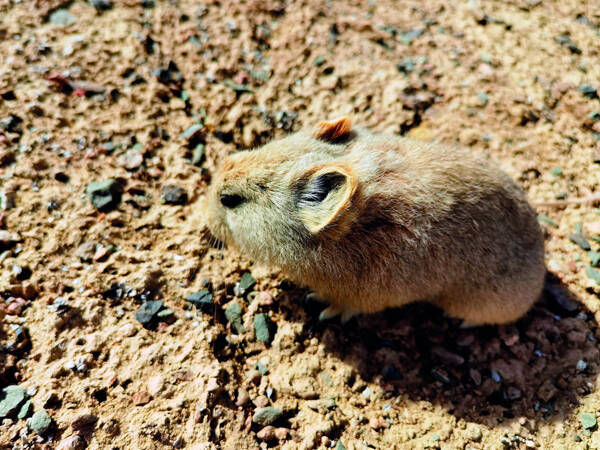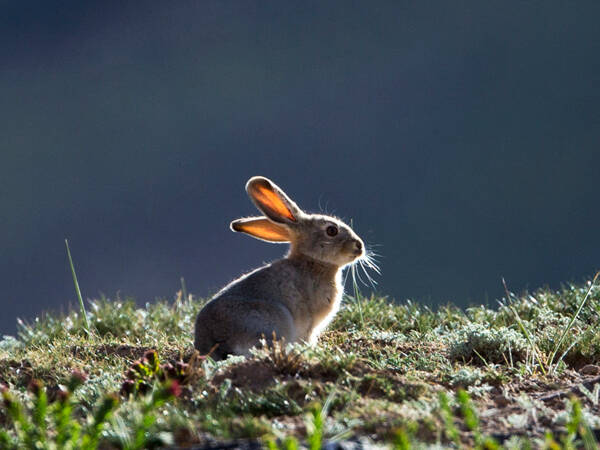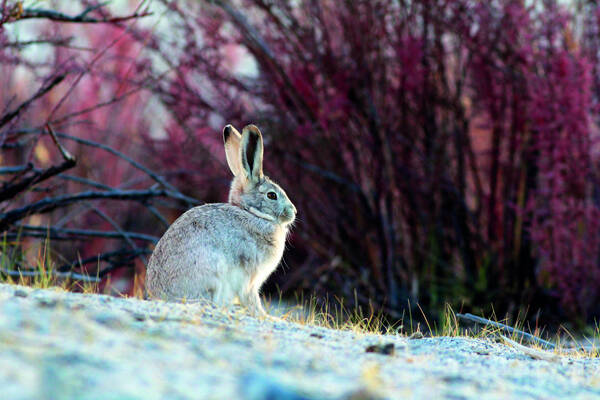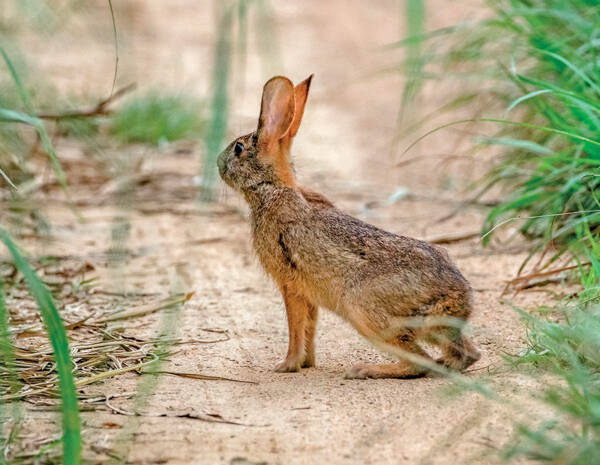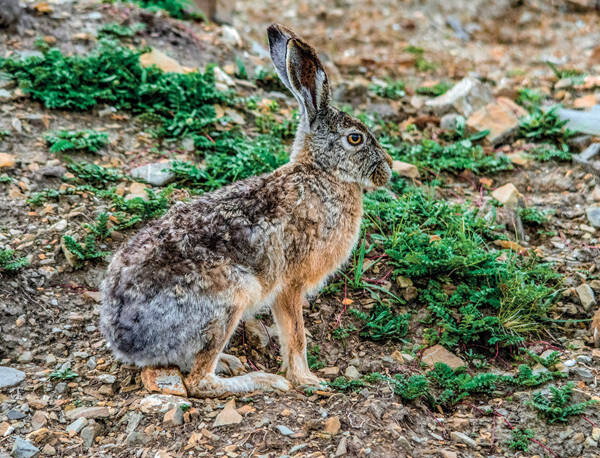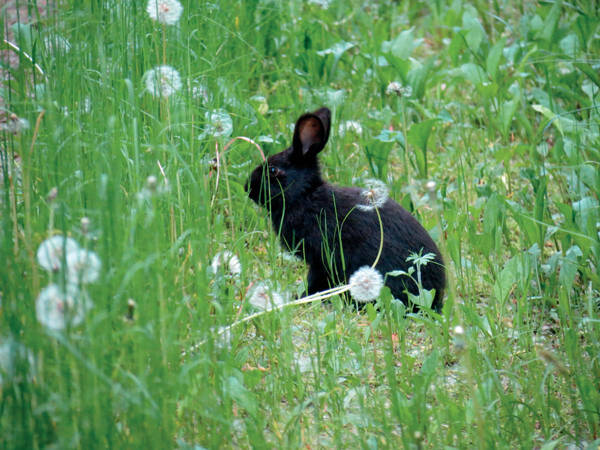Ochotona alpina
IUCN
LCBasic Information
Scientific classification
- name:Ochotona alpina
- Scientific Name:Ochotona alpina
- Outline:Lagoiformes
- Family:Lagomorpha Ochotonidae Ochotona
Vital signs
- length:150-240mm
- Weight:
- lifetime:
Feature
Because its tooth structure, eating habits and behavior are similar to those of rabbits, it is named pika.
Distribution and Habitat
In China, it is only distributed in the Altay region of Xinjiang. Abroad, it is distributed in Russia.
Alpine pikas mostly live in mountain coniferous forests, rocky gravel areas, and subalpine meadows and grasslands. The origin of this species is in the Altai Mountains of Siberia.
Appearance
The individual is medium to large. The body length is 150-240mm. In summer, the back of the body is darker, and the back of the whole body is brownish brown with black tones. The fur on the sides of the body is brownish yellow, or rusty red. The belly is light brown or beige. In winter, the back of the body is light brown, and the sides are light brown. Many specimens have large gray-black patches on the top or back of the head. The belly is light yellow. The ears have narrow white edges. On the skull, there is no oval foramen in the frontal bone, and the incisor foramen and palatine foramen are clearly separated, almost becoming two holes.
Details
The Alpine Pika belongs to the subgenus <Pika>, and its taxonomic status is stable, but it is easily confused with the Northeastern Pika (<Ochotona hyperborea>). The Northeastern Pika used to be a synonym of the Alpine Pika, and there are many subspecies and synonyms of the Alpine Pika, which is confusing. This species is one of the northernmost species in my country. It mainly lives between huge rocks with thick moss under the primeval forest or in the open space between the forests. Alpine Pikas generally live in groups in the rocky areas of the mountains, using the crevices of the rocks as caves. The shapes of the cave entrances vary, and they are hidden among the rocks. They do not hibernate in winter, and often open their cave entrances to the snow surface when snow accumulates. The diameter of the cave entrance on the snow is about 5-8cm.
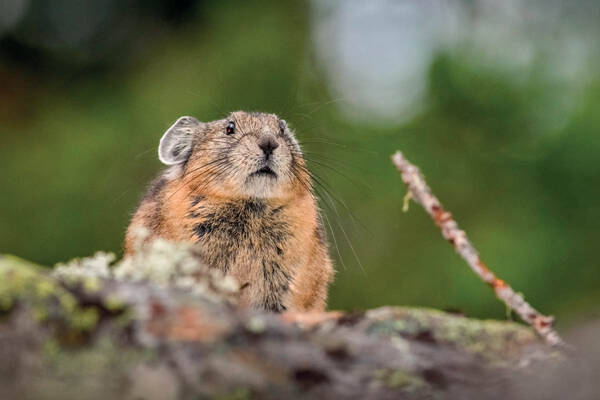
Alpine rats are gregarious animals in the mountains. They live in rocky areas or gravel slopes in the forest, and are also common in gravel areas at the edge of the forest, in shrubs, and in open areas near water. Most of the caves of alpine rats are built by taking advantage of natural stone caves, stone crevices, and tree holes. There are many cave entrances and obvious runways. The nest chamber in the main cave is simple and is made of hay. There are many side caves with complex directions. The lower limit of the altitude is 400 meters and the upper limit of the altitude is 2500 meters.
Alpine pikas are active during the day. They are most active between 10 and 15 o'clock. They have the habit of chirping when they are active, and use this to transmit information to each other and avoid natural enemies. Alpine pikas do not hibernate, and often bask in the sun on the rocks outside the cave; when the weather is bad, they live in the cave or move in the cave tunnel under the snow.
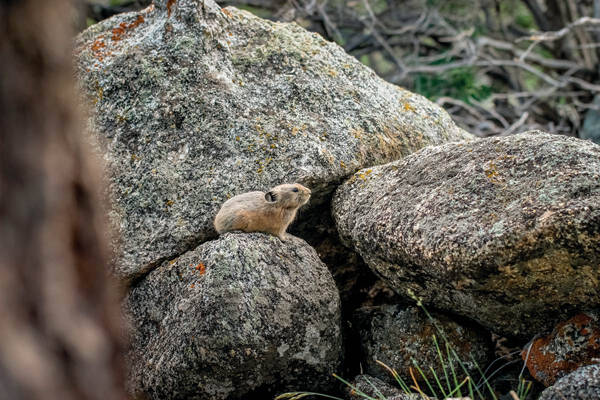
Alpine pikas are herbivorous animals that mainly feed near caves. They like to eat stems and leaves of sedge plants, as well as berries and mosses of some plants. They also eat seedlings and young trees. Alpine pikas also have the habit of storing grass. Storing grass usually starts in July, and the activity radius of grass collection is larger than the activity radius of normal foraging; grass is generally stored in caves and nearby fallen trees or cracks in rocks.

The alpine pika begins to breed in April in spring, producing two litters a year, with 4-6 pups in each litter. Natural enemies include red fox, mountain weasel, yellow weasel, snow crow, horned owl, etc.
In the 1870s, the number of alpine pikas in the western Mongolian mountains decreased sharply. By the 1880s, the population of the alpine pika had recovered to a high level.
The species is listed in the 2013 IUCN Red List of Threatened Species ver3.1—Vulnerable (VU).

